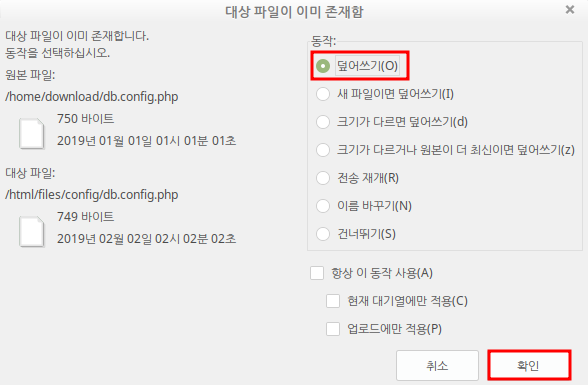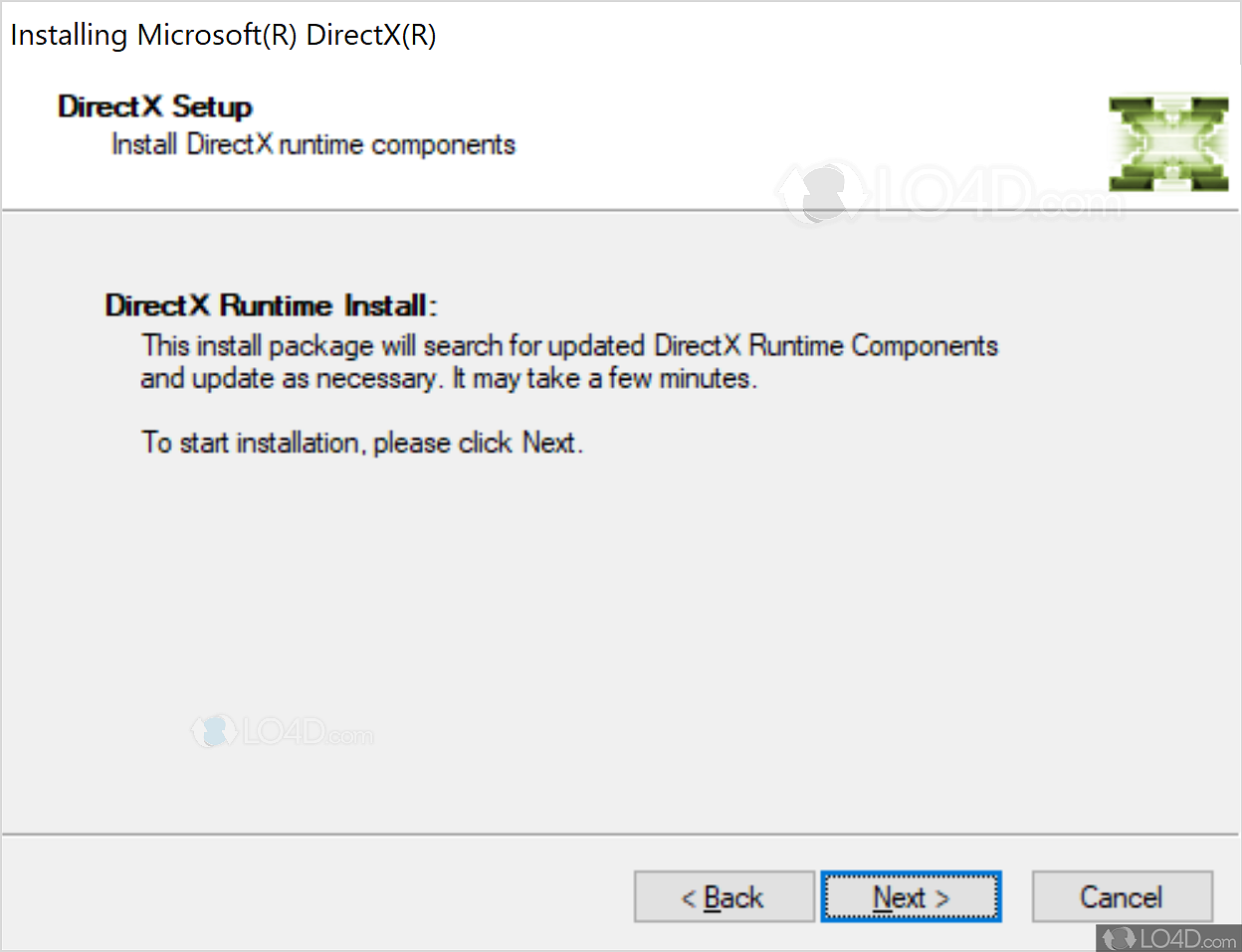

Since a lot of people are still using DirectX7 or DirectX8, this tutorial will focus on a general renderstate manager. The DirectX9 SDK comes with an example showing how to do (DirectX9) specific renderstate managing. Calling the renderstate functions of DirectX can cause a penalty limit on your application's frame rate. One of the things you might have read in the past is that the renderstate changes should be kept to a minimum. These renderstates change a lot during the rendering of a single frame. See Not So Direct Setup.This tutorial is all about the management of rendering states. It's not required at all if you using the Windows SDK. The legacy DirectX SDK never installs "DirectX" on any modern version of Windows, and only deploys some optional side-by-side stuff. The actual "DirectX Runtime" has been part of the operating system since Windows XP Service Pack 2. The Direct3D 11 Debug Device for Windows 10 is not installed by any Windows SDK or by the legacy DirectX SDK. Notably you have to reverse the include/lib path order when you add the legacy DirectX SDK to your project.įor a complete catalog of where the various bits of the old DirectX SDK ended up, see DirectX SDKs of a certain age, DirectX SDK Tools Catalog, DirectX SDK Samples Catalog, as well as the Living without D3DX article above. If you really want to continue to use the legacy DirectX SDK components with Visual Studio 2012 or later, you can but you should note the details at the bottom of the MSDN page above. For a complete list of replacements for D3DX, see Living without D3DX. I recommend you also take a look at DirectX Tool Kit for DirectX 11 and it's tutorials.

If you are using legacy Effects 11, you can use the version from GitHub. For math, you use DirectXMath that comes with the Windows SDK. See this blog post for the full details.įor HLSL, you use D3DCompile directly or the FXC that comes with the Windows SDK.

UPDATE: For older projects, the legacy DirectX SDK 'end-of-life' June 2010 release of the D3DX9, D3DX10, and D3DX11 library is provided in this NuGet package which is to be combined with the Windows 10 SDK. That means D3DX11 is not part of the Windows SDK, and you shouldn't use it. If you are using Visual Studio 2013 or later, then you already have the Windows 8.1 SDK and optionally the Windows 10 SDK.Īn important detail is that the D3DX library (D3DX9, D3DX10, and D3DX11) is deprecated and only available in the legacy DirectX SDK. The Microsoft Doc page Where is the DirectX SDK? tells you to use the Windows SDK, specifically the Windows 8.0 SDK, Windows 8.1 SDK, or Windows 10 SDK to do DirectX development (which is assumed to be Direct3D 11 or Direct2D/DirectWrite).


 0 kommentar(er)
0 kommentar(er)
